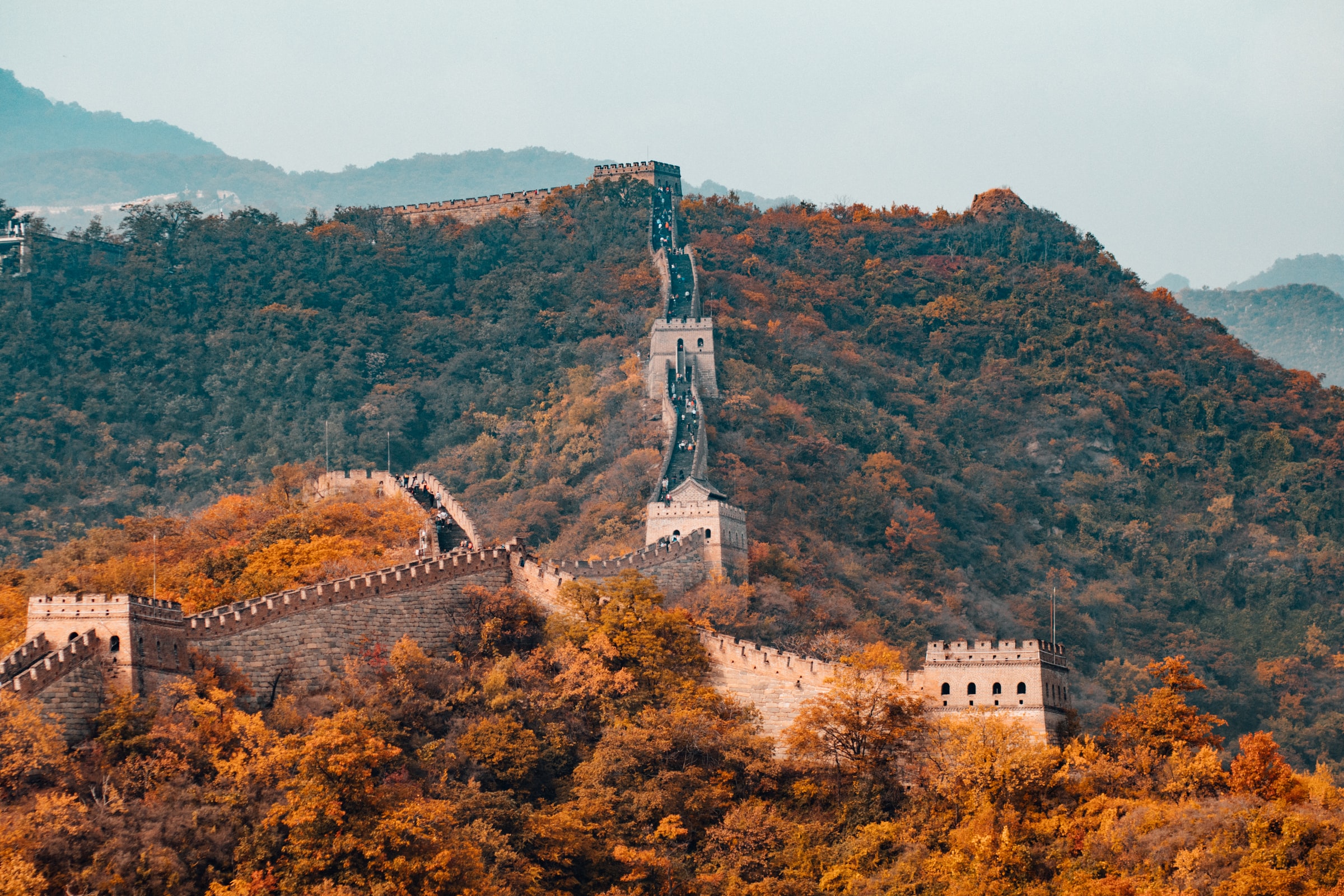Source: FAO press release
The number of hungry people in the world is growing, reaching 821 million in 2017 or one in every nine people, according to the United Nations’ 2018 State of Food Security and Nutrition in the World report.
The situation is worsening in South America and most regions of Africa, while the decreasing trend in undernourishment that characterized Asia seems to be slowing down significantly. Limited progress is also being made in addressing the multiple forms of malnutrition, ranging from child stunting to adult obesity, putting the health of hundreds of millions of people at risk.
The annual UN report found that climate variability affecting rainfall patterns and agricultural seasons, and climate extremes such as droughts and floods, are among the key drivers behind the rise in hunger, together with conflict and economic slowdowns.
Changes in climate are already undermining the production of major crops such as wheat, rice and maize in tropical and temperate regions and, without building climate resilience, this is expected to worsen as temperatures increase and become more extreme.
The analysis shows that the prevalence and number of undernourished people tend to be higher in countries highly exposed to climate extremes. Undernourishment is higher again when exposure to climate extremes is compounded by a high proportion of the population depending on agricultural systems that are highly sensitive to rainfall and temperature variability.
Temperature anomalies over agricultural cropping areas continued to be higher than the long-term mean throughout 2011-2016, leading to more frequent spells of extreme heat in the last five years. The nature of rainfall seasons is also changing, such as the late or early start of rainy seasons and the unequal distribution of rainfall within a season.
The harm to agricultural production contributes to shortfalls in food availability, with knock-on effects causing food price hikes and income losses that reduce people’s access to food.
“The alarming signs of increasing food insecurity and high levels of different forms of malnutrition are a clear warning that there is considerable work to be done to make sure we ‘leave no one behind’ on the road towards achieving the SDG goals on food security and improved nutrition,” the heads of the UN Food and Agriculture Organization (FAO), the International Fund for Agricultural Development (IFAD), the UN Children’s Fund (UNICEF), the World Food Programme (WFP) and the World Health Organization (WHO) warned in their joint foreword to the report.
“If we are to achieve a world without hunger and malnutrition in all its forms by 2030, it is imperative that we accelerate and scale up actions to strengthen the resilience and adaptive capacity of food systems and people’s livelihoods in response to climate variability and extremes,” the leaders said.
Read more:
Read the full FAO press release about the 2018 State of Food Security and Nutrition in the World report






